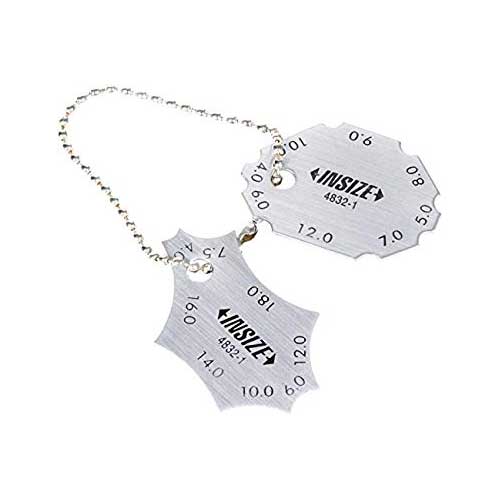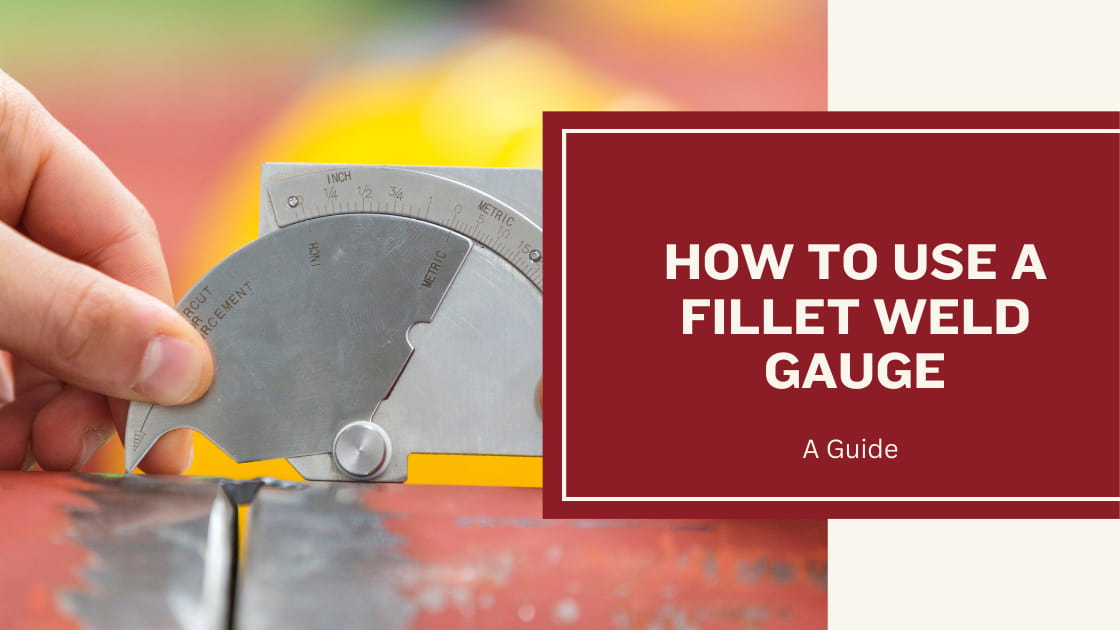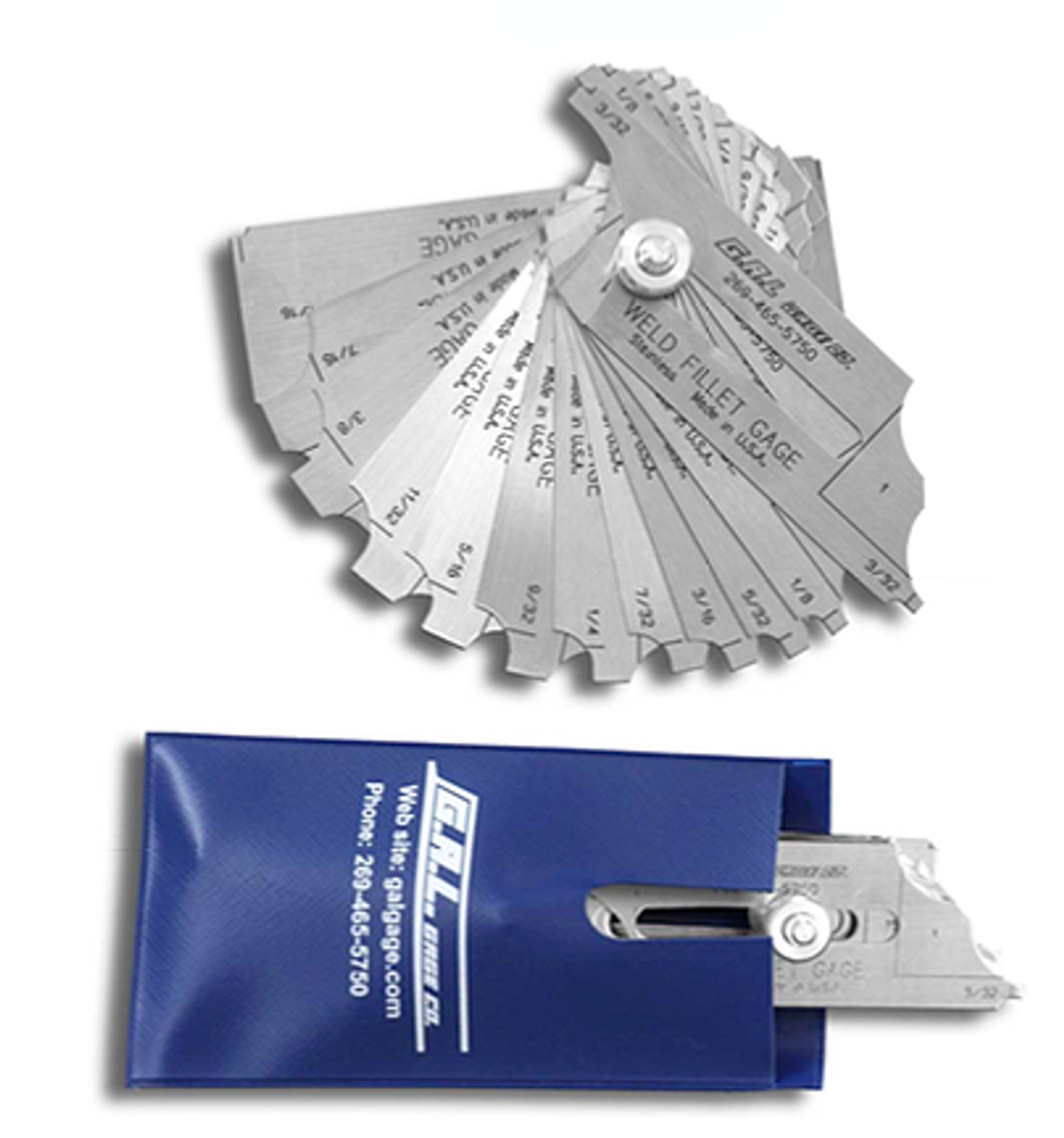How to Accomplish Precision with Gauge Fillet Welds in Your Projects
How to Accomplish Precision with Gauge Fillet Welds in Your Projects
Blog Article
Fillet Weld Style Methods: Enhancing Joint Efficiency and Appearance for Structural Stability
In the realm of structural engineering and construction, the value of fillet weld layout strategies can not be overemphasized. By carefully considering elements such as weld account optimization, material selection, joint preparation techniques, welding process efficiency, and aesthetic improvement makers, techniques and designers can attain a harmonious balance between performance and look in their welded frameworks.
Weld Account Optimization


Achieving an optimum weld profile involves a precise consideration of variables such as material thickness, joint setup, welding setting, and wanted welding speed. Furthermore, the selection of proper welding criteria, such as voltage, present, and travel speed, is basic in controlling the shape and dimensions of the fillet weld. Utilizing sophisticated welding techniques, such as pulse welding or robot welding, can better refine the weld account to satisfy particular layout demands and top quality standards.
In essence, weld profile optimization is a basic element of fillet weld layout that straight affects the total efficiency and reliability of welded joints in architectural applications.
Material Choice Considerations
When taking into consideration material option for fillet weld design, the compatibility of the base steels is a vital factor influencing the structural stability of the joint. It is necessary to pick products that not only bonded with each other effectively however additionally possess comparable mechanical homes to make sure the tons is uniformly distributed in between the base and the weld metals. Welding products with vastly various homes can result in problems such as stress and anxiety focus, premature joint failure, or splitting.
In addition, the setting in which the welded structure will operate should be considered when choosing materials. Factors like rust resistance, temperature level variations, and direct exposure to chemicals can all influence the longevity and performance of the weld joint. By choosing products that appropriate for the designated application and setting, the general durability and integrity of the bonded joint can be considerably enhanced.
Therefore, complete consideration of material compatibility and environmental aspects is critical in guaranteeing the weld joint's toughness, resilience, and general structural honesty.

Joint Prep Work Strategies
Considering the critical function material selection plays in ensuring the structural integrity of fillet weld joints, it is crucial to implement accurate joint preparation methods that maximize the connection between the base metals. Joint prep work is a critical step that straight affects the quality and toughness of the weld.
Additionally, tack welding the components in place prior to the final weld helps keep positioning and decreases distortion during the welding procedure. By meticulously complying with more helpful hints these joint prep work methods, welders can boost the overall performance and aesthetic appeals of fillet weld joints while ensuring architectural soundness.
Welding Refine Efficiency
Reliable welding procedures are vital for accomplishing optimum productivity and high quality in fillet weld construction. Processes like gas steel arc welding (GMAW) and flux-cored arc welding (FCAW) are generally used for fillet welds due to their adaptability and rate.
Furthermore, making certain appropriate devices arrangement and upkeep is critical for efficient welding. Routine calibration of welding equipments, examination of consumables, and maintenance of welding torches can prevent downtime and remodel, ultimately saving time and sources. Furthermore, using knowledgeable welders with experience in the particular welding process being used can substantially influence performance. Well-trained welders are a lot more skilled at readjusting criteria, troubleshooting issues, and maintaining constant weld quality.
Visual Enhancement Methods
To maximize the high quality of fillet weld construction, carrying out aesthetic improvement techniques can play a vital role in guaranteeing precision and precision throughout the welding procedure. Aesthetic enhancement approaches incorporate various strategies targeted at improving Continue the appearance and quality of fillet welds. One common strategy is using back removing systems to eliminate oxidation on the backside of the weld, leading to a cleaner, much more aesthetically pleasing finish. In addition, using proper lighting plans in the welding area can enhance presence, allowing welders to monitor the weld pool and guarantee consistent grain formation. Visual aids such as weld dimension gauges and magnifying lenses can assist in evaluating weld profiles and dimensions precisely. Moreover, the use of contrasting marking products or short-term tacking can aid in straightening and placing the workpieces specifically before welding. By integrating these visual improvement approaches into the welding process, welders can accomplish not just structurally sound fillet welds however additionally aesthetically appealing outcomes that satisfy industry standards. More Help

Verdict
Finally, enhancing fillet weld layout involves careful consideration of weld account, material choice, joint prep work, welding procedure performance, and aesthetic enhancement approaches. By carrying out these techniques, architectural integrity can be boosted while additionally attaining aesthetic appeal. It is necessary to focus on both efficiency and aesthetic appeals in fillet weld design to make certain the overall quality and longevity of the joint.
By thoroughly considering factors such as weld profile optimization, product choice, joint prep work strategies, welding process effectiveness, and visual enhancement designers, makers and approaches can attain an unified balance between capability and look in their welded structures.In the world of fillet weld style, maximizing the weld profile plays a crucial duty in making certain structural integrity and efficiency. The weld account, which includes the size and shape of the weld cross-section, straight impacts the distribution of tension and load-bearing capability within the joint. It is important to select products that not only bonded with each other efficiently yet also have similar mechanical homes to guarantee the lots is equally dispersed between the base and the weld metals - Gauge Fillet Weld.In conclusion, maximizing fillet weld layout includes cautious consideration of weld profile, product choice, joint prep work, welding procedure effectiveness, and aesthetic improvement techniques
Report this page